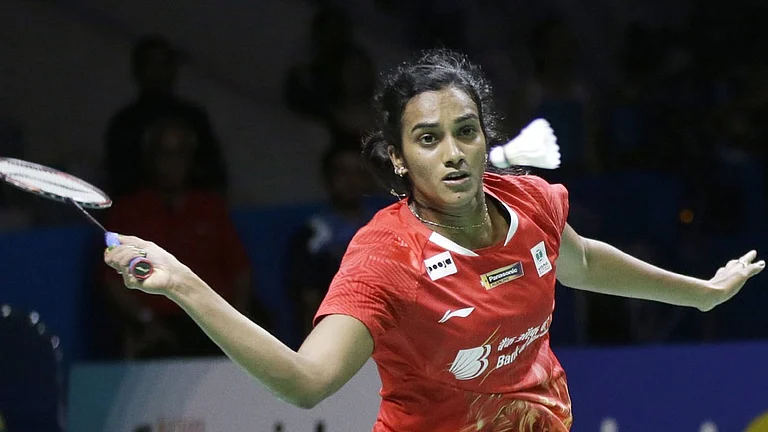Agriculture and allied activities, which clocked a growth of 3.4 per cent at constant prices during 2020-21 (first advance estimate) according to the Economic Survey, did not get due attention in the Union budget announced by finance minister Nirmala Sitharaman. Despite being seen as a growth driver at a time when manufacturing and services are still struggling to regain their momentum, this sector seems to be lower down on the government’s priority list. Not just has the total farm sector allocation fallen from 5.1 per cent to 4.3 per cent—in absolute terms, from Rs 1.54 lakh crore to Rs 1.48 lakh crore—but there is also a lack of adequate focus on improving productivity and ensuring better incomes for farmers.
ALSO READ: Running On Jat Fuel
“Agriculture spending in 2020-21 is down due to lower spending on the PM Kisan Samman Nidhi (income support) scheme. And the agriculture budget for 2021-22 is similar to this fiscal year. Very little of what the FM said in Parliament is reflected in the budget,” says Abhijit Sen, member of the now-disbanded Planning Commission. The FM’s stocktaking of government procurement for maintaining buffer stocks seemed to be aimed at negating the rationale of the ongoing farmers’ protest. In September 2020, government godowns held 70 million tonnes of rice and wheat stocks, while food-security norms require the total stocks to be 41.1 million tonnes in July and 30.7 million tonnes in October. Excessive procurement in the past has not helped the poor due to inadequate storage conditions. In case of damage, the affected stock is often sold at throwaway price. Sen wonders whether the decision to do away with the practice of allowing the Food Corporation of India (FCI) to borrow from the National Small Savings Fund is a cleaning-up exercise of FCI accounts or a precursor to privatisation of the public sector entity. The budget has allocated Rs 2.43 lakh crore for food subsidy against the revised estimate of Rs 4.22 lakh crore in the current fiscal, which saw the food subsidy bill rise sharply in part due to welfare schemes during the Covid lockdown.

“The budget proves the unions right about the government moving towards withdrawing support to farmers,” says Kirankumar Vissa of Rythu Swarajya Vedika. “The budget offers nothing on the major issues faced by farmers such as MSP, access to market infrastructure, crop insurance and rural employment through MGNREGA.” Allocation for the PM-AASHA scheme has come down to Rs 400 crore from Rs 1,500 crore in 2019-20. The Price Support Scheme and the Market Intervention Scheme—the only two schemes to ensure farmers get the MSP—have been brought down from Rs 3,000 crore to Rs 1,501 crore over the past three years.
Sudhir Panwar, a farmer leader and former member of the Uttar Pradesh Planning Commission, says the higher provisioning in this budget for providing credit “shows that farmers continue to need more credit as agriculture is not generating adequate incomes for it to be ploughed back”. The Economic Survey notes that the Agriculture Infrastructure Fund announced as a part of the Aatma Nirbhar Bharat Abhiyan will boost credit flow to the agriculture sector. Following the budget announcement in 2020 on inclusion of the livestock sector for the Kisan Credit Card (KCC), 1.5 crore dairy farmers were targeted to be issued KCCs as part of the PM’s Aatma Nirbhar Bharat Package. As of mid-January 2021, 44,673 KCCs had been issued to fishermen and fish farmers, while another 4.04 lakh applications from this sector were under process with the banks.
ALSO READ: Onward Ticket
“What is missing in the budget speech on agriculture is more important than what was said,” says Yogendra Yadav, president of Swaraj India. “Five years after announcing the target of doubling farmers’ income by 2022, there is no announcement on how much incomes have been enhanced and how far we have to go.” The FM’s report card shows little progress on the major schemes and funds announced in the past few years. Moreover, given that many migrants are yet to return to their jobs in cities, MGNREGA allocation was expected to be raised to around Rs 1 lakh crore. But only Rs 73,000 crore was allocated.
ALSO READ


























